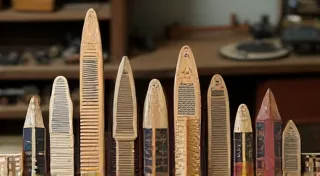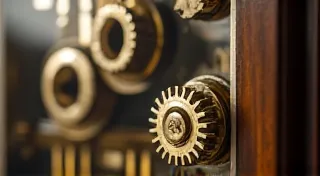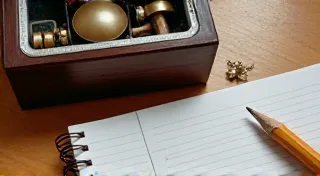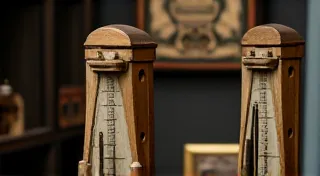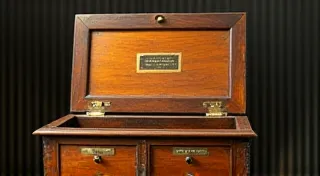Music Box Spring Repair: Balancing and Replacement
Music boxes, those enchanting relics of the past, are often stopped by a seemingly simple issue: failing or unbalanced springs. These springs, carefully engineered and crucial to the music box's operation, are susceptible to fatigue and breakage over time. This guide delves into the intricacies of music box spring repair, covering diagnostics, adjustment, and replacement techniques, providing detailed information for enthusiasts and restoration professionals.
Understanding Music Box Springs
Before attempting any repair, it's vital to understand the role of music box springs. They are the power source, storing energy and releasing it in a controlled manner to drive the cylinder or disc that produces the music. Different types of music boxes (cylinder, disc, automatons) utilize varying spring configurations – flat springs, barrel springs, or combinations thereof. The complexity varies from simple single springs to intricate linked systems.
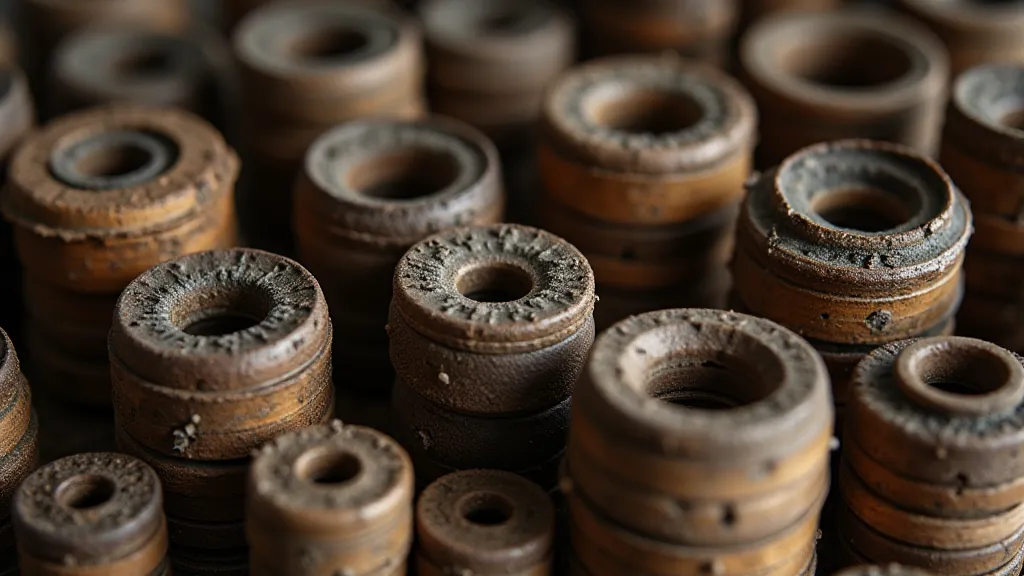
Diagnosing Spring Problems
A music box exhibiting weak or inconsistent music, stopping prematurely, or displaying erratic behavior likely has a spring issue. Here’s a breakdown of common problems:
- Weakened Springs: Over time, springs lose their elasticity. They may not fully unwind, providing insufficient power.
- Broken Springs: Physical breakage is often a clear indicator of the problem.
- Unbalanced Springs: Springs in a system can become unbalanced, causing uneven power distribution. This often manifests as the music sounding distorted or stopping intermittently.
- Rust & Corrosion: Moisture and age can cause rust, hindering the spring's ability to unwind freely.
Balancing Music Box Springs
Balancing is crucial for optimal performance. Here's how to address imbalance:
- Visual Inspection: Carefully examine each spring for obvious signs of distortion or damage.
- Weight Distribution: If the springs are weighted (some older models incorporate weights for controlled release), ensure the weights are securely attached and evenly distributed.
- Adjusting Spring Hooks: Some springs utilize hooks to control their winding and unwinding. Minor adjustments to these hooks can sometimes re-establish balance. This is best done with specialized tools and a delicate touch.
- Checking for Binding: Ensure the springs are not binding against any other components within the mechanism. A slight amount of lubrication (appropriate for antique mechanisms) can help in this case.
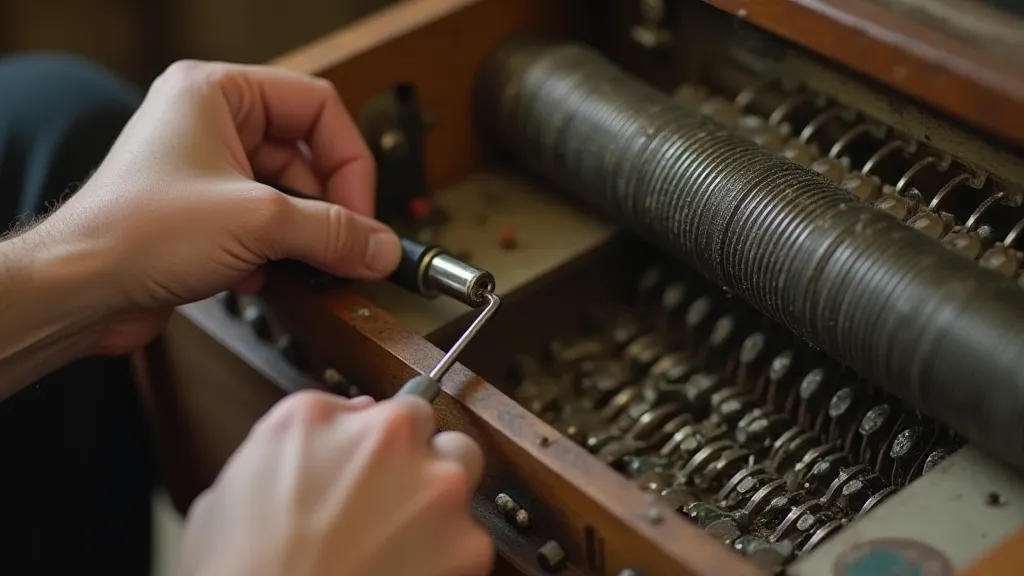
Replacing Music Box Springs
When springs are severely weakened or broken, replacement is the only viable option. This process requires careful attention to detail:
- Sourcing Replacement Springs: Finding exact replacement springs can be challenging. Antique dealers specializing in music boxes, online forums, and specialized suppliers are your best resources. Sometimes, a similar spring from a different music box can be adapted, but this requires a thorough understanding of spring characteristics.
- Documenting the Original Configuration: Before removing the old spring, meticulously document its position, orientation, and any attachment methods. Photographs are invaluable here.
- Careful Removal: Remove the old spring using appropriate tools – small screwdrivers, pliers (padded to avoid scratching), and potentially a spring compressor for tightly coiled springs.
- Installation of Replacement Spring: Install the new spring, ensuring it’s positioned correctly and securely attached. Pay close attention to any tension or compression requirements.
- Testing: After installation, carefully test the music box to confirm the repair has been successful.
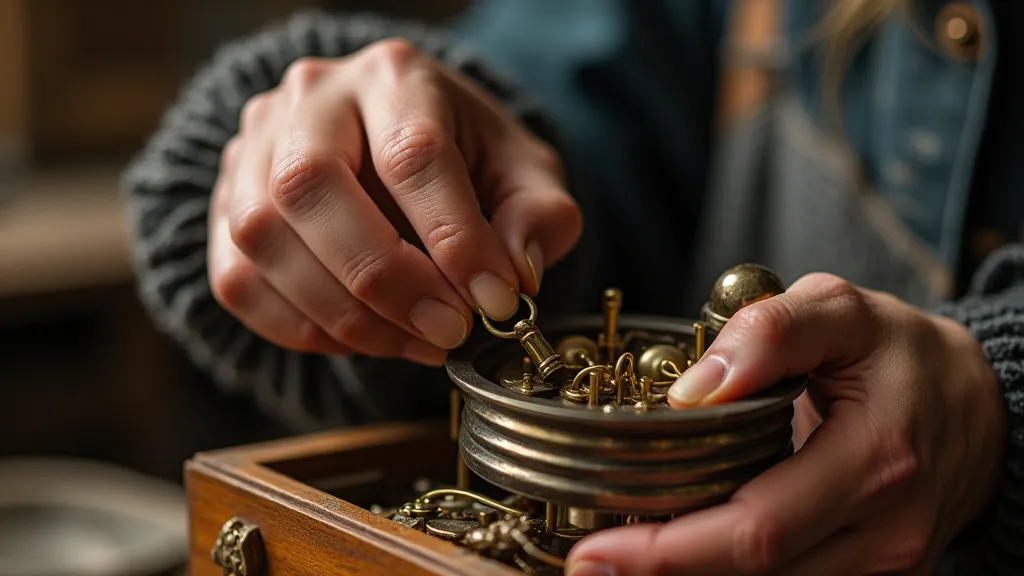
Important Considerations
- Safety: Springs are under tension and can cause injury if handled carelessly. Always wear safety glasses.
- Lubrication: Use only lubricants appropriate for antique mechanisms (often clock oil). Avoid modern oils, which can damage delicate components.
- Professional Help: If you're uncomfortable performing these repairs yourself, consult a professional music box repair specialist.
Repairing music box springs requires patience, attention to detail, and a respect for the intricate craftsmanship of these beautiful antique treasures.
